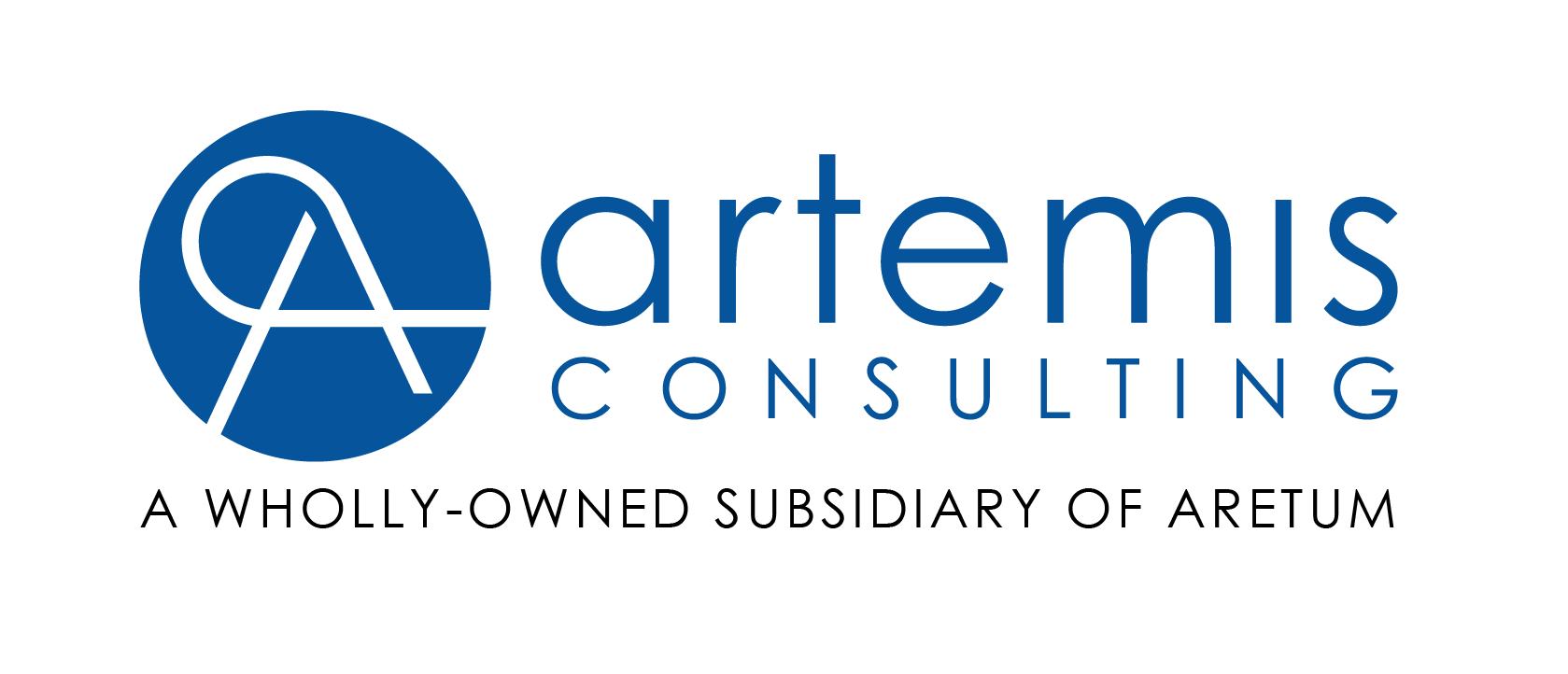
In 2008, the Web Content Accessibility Guidelines 2.0 was published. The implementation of the accessibility guidelines which it specifies has made a significant impact in improving the lives of those with disabilities.
This past January 30th, the WCAG 2.1 W3C Candidate Recommendation was released and is scheduled to be published as a standard in June. The 2.1 release includes specific guidelines for mobile, target size and character key shortcuts among others. With Section 508 Standards now requiring conformance to WCAG 2.0 Level AA, there is increased visibility on accessibility, and the WCAG guidelines, in particular.
Having your site undergo a review for accessibility may be a daunting prospect. If there has been little or no consideration for accessibility in the development of an application, then, there could be substantial work ahead. There are several free tools, such as The Web Accessibility Toolbar, WebAim’s WAVE tool and Color Contrast Analyzer, that are available to assist developers in reviewing their sites and applications to make sure they meet the accessibility guidelines. Additionally, many sites provide advice and techniques for remediation of existing websites and applications.
Ideally, planning for accessibility should be a core feature of the development process, and not a reactionary decision that can prove costly in time and money. As the legal requirements backing up the WCAG guidelines are implemented, more development projects will start with accessibility as paramount to success rather than being implemented as an accommodation that must be met. It is to the credit of the members of the W3C that accessibility remains high on their agenda. You should also make sure that it is a high priority on your list.
Please be sure to stay tuned as we discuss more on this topic as new accessibility guidelines are released to the public. Also, check out our past blog, Are You Ready for the New Federal Accessibility Rules to obtain more information about the accessibility standards in effect.
